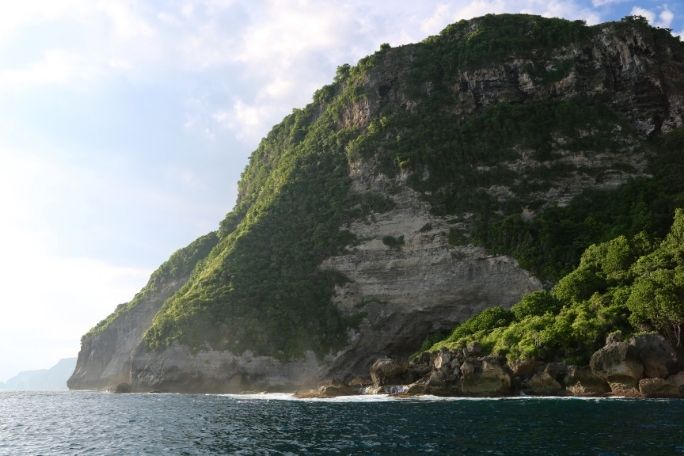Lesson summary
This lesson incorporates clips from Blue The Film as learning inspiration. Students explore the water cycle and in particular, the role of the ocean in the water cycle. They begin by exploring what the water cycle is and then work in groups to conduct experiments that explain how the water cycle – or parts of the water cycle – work. Groups will then share their experiments with the class. Finally, students will watch a clip about the importance of the ocean and will work in groups to prepare a piece (e.g. poster, video, podcast or infographic) in response to the idea that ‘the oceans are the lungs of our planet’.
Learning intentions:
Students will...
- understand what the water cycle is and how oceans are part of the water cycle
- understand the importance of the ocean in human and environmental health
- understand how to conduct and demonstrate an experiment.
Success criteria:
Students can...
- conduct an experiment
- explain what the water cycle is and how it works
- explain the role of the oceans in the water cycle and in human and environmental health.
Lesson guides and printables
Lesson details
Curriculum mapping
Australian Curriculum content descriptions:
Year 7 Science:
- Some of Earth’s resources are renewable, including water that cycles through the environment, but others are non-renewable (ACSSU116)
- Collaboratively and individually plan and conduct a range of investigation types, including fieldwork and experiments, ensuring safety and ethical guidelines are followed (ACSIS125)
- Measure and control variables, select equipment appropriate to the task and collect data with accuracy (ACSIS126)
- Summarise data, from students’ own investigations and secondary sources, and use scientific understanding to identify relationships and draw conclusions based on evidence (ACSIS130)
Syllabus outcomes: SC4-12ES, SC4-5WS, SC4-6WS, SC4-7WS
General capabilities: Critical and creative thinking
Cross-curriculum priority: Sustainability OI.1
Relevant parts of Year 7 Science achievement standards: Students analyse how the sustainable use of resources depends on the way they are formed and cycled through Earth systems.
Unit of work: Blue The Film – Science – Year 7 & 8
Time required: 110 mins +
Level of teacher scaffolding: Medium – lead students in discussions and oversee experiment.
Resources Required
- Student Worksheet – one copy per student
- Device capable of presenting a website to the class
- Water Cycle Experiment 1, Water Cycle Experiment 2, Water Cycle Experiment 3, Water Cycle Experiment 4, Water Cycle Experiments – What Happened?
- Communication Piece Assessment Rubric
- Water Cycle Diagram – Blank (optional)
Skills
This lesson is designed to build students’ competencies in the following skills:
- Collaboration
- Communication
- Creativity
- Critical thinking
- Problem solving
Additional info
Blue is a feature documentary film charting the drastic decline in the health of our oceans. With more than half of all marine life lost and the expansion of the industrialization of the seas, the film sets out the challenges we are facing and the opportunities for positive change. Blue changes the way we think about our liquid world and inspires the audience to action. Find out how to screen or download the film here. Along with the film is an ambitious global campaign to create advocacy and behaviour change through the #oceanguardian movement. To become an ocean guardian, see the website.


Welcome back!
Don't have an account yet?
Log in with:
By signing up to Cool.org you consent and agree to Cool's privacy policy to
store, manage and process your personal information. To read more, please see
our privacy policy here(Opens in new tab).
Create your free Cool.org account.
Many of our resources are free, with an option to upgrade to Cool+ for premium content.
Already have an account?
Sign up with:
By signing up to Cool.org you consent and agree to Cool's privacy policy to
store, manage and process your personal information. To read more, please see
our privacy policy here(Opens in new tab).